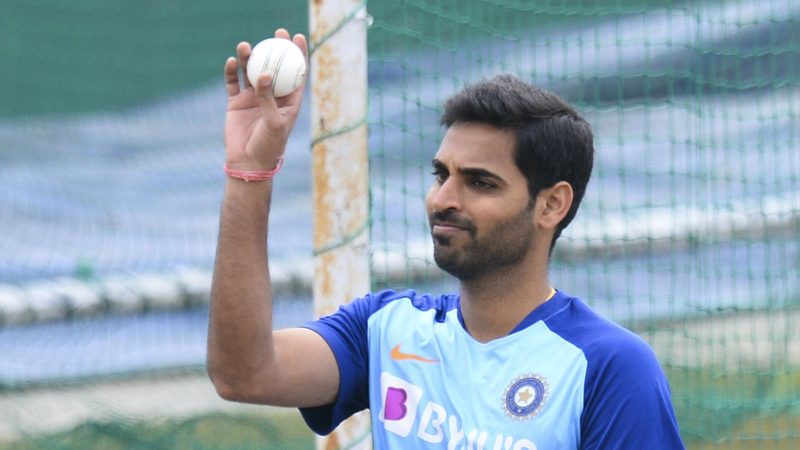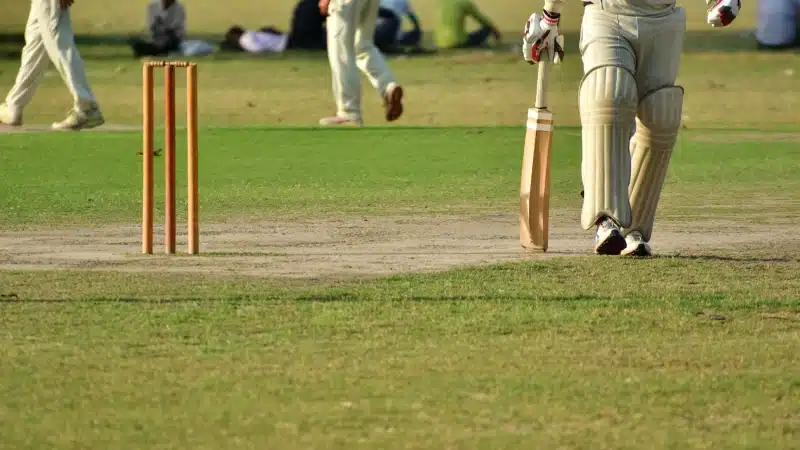
In light of the ongoing pandemic, the International Cricket Council (ICC) recently announced that players will be discouraged from shining the ball using saliva when the sport finally resumes.
World cricket’s premier board met via conference call on Monday and made the recommendations after a briefing from the governing body's medical advisory committee led by Dr. Peter Harcourt. However, sweat will still be permitted while endorsing that enhanced hygiene measures are implemented on and around the playing field.
Former India captain Anil Kumble, who chairs the cricket committee, said, "We are living through extraordinary times and the recommendations the committee have made today are interim measures to enable us to safely resume cricket in a way that preserves the essence of our game whilst protecting everyone involved."
Before this ruling was rolled out, the primary reason for wettening the ball and shining it was to provide an added weightage to the ball due to an extra layer of moisture. While the other side of the ball is dry, the extra weight automatically causes the ball to swing. In most cases, the trend is to polish one side of the new ball in order to attain a certain amount of swing. The other side of the ball will roughen up, allowing for reverse swing towards the tail end of the innings.
Anyone that applies a bit of saliva to their hands/fingertips to have better grip on a ball now can't play cricket.
That will be most bowlers - tip of fingers on tongue
Ricky Ponting - spit in hands
And it would go on, and on..Good luck policing that.
— Iain O'Brien (@iainobrien) May 18, 2020
Although these guidelines have been implemented to safeguard the health of the players and support staff, the repercussions for this new ruling on the modern game will be borne by the many swing bowling greats across all formats of the game, like James Anderson, Pat Cummins, Bhuvneshwar Kumar Mohammed Shami, and Matt Henry.
This rule comes in at a time where the power dynamic of the game has seen a predominant shift towards batsmen. In recent trends, it has been noted that visiting crowds expect to watch high scoring matches, meaning many of the pitches, especially in the Indian subcontinent where the sport is most popular, has seen a shift to flat pitches, making the prospect of traditional swing bowling a phenomenon of the past.
Indian seamsters Shami and Bhuvneshwar have always relied on their swing to help them get most of their wickets, especially on batting-oriented pitches. With the introduction of this new rule, and the concept of wettening the ball with sweat seemingly unchartered territory, the prospect of acquiring the same amount of scalps on such pitches is set to dwindle.
With the World Test Championship as well as the T20 World Cup on the horizon, the disadvantage has landed at the bowler’s feet and they can do nothing about it. The prospect of bowling under these new and forced changes will prompt bowlers and batsmen alike to adjust to the new conditions while providing a new challenge for the players. It will be interesting to see how bowlers adjust to these new settings in the light of the ongoing worldwide health crisis.
Feature image courtesy: AFP / Sajjad Hussain




















